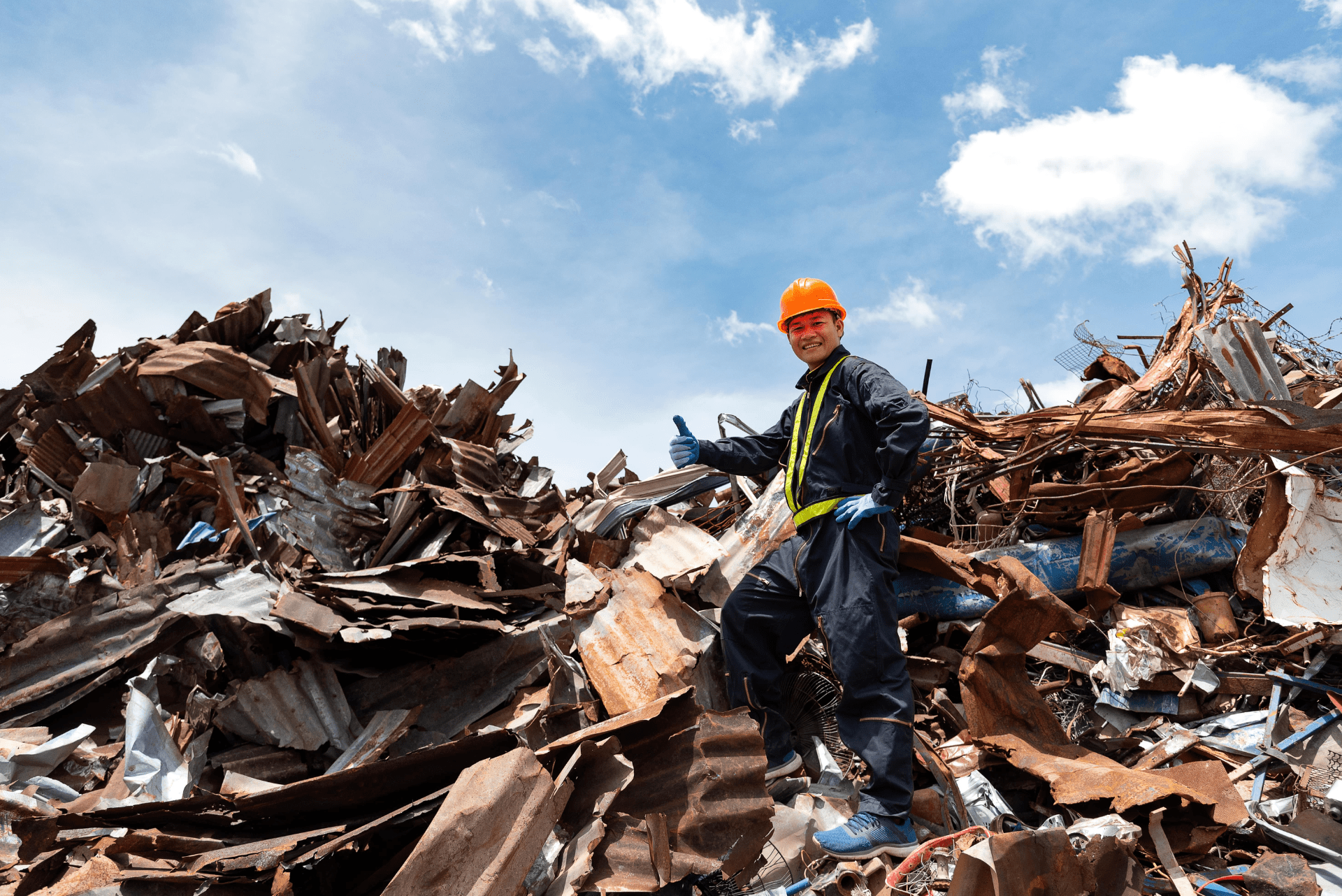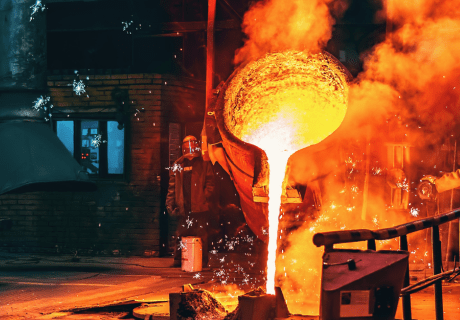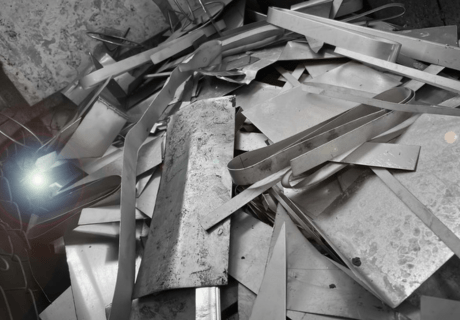How Is Steel Recycled?: Exploring the Steel Recycling Process
Steel is a vital material in our modern world, used in construction, manufacturing, and numerous other applications. However, its production can be resource-intensive and environmentally impactful. To mitigate these concerns, steel recycling has become an essential practice. In this article, we delve into the steel recycling process, exploring its various methods and highlighting the importance of sustainable steel production.
Understanding How Steel Is Recycled:
The steel recycling process has multiple steps that begins with collection and ends with the production of new steel products. Let’s explore each stage in detail:
Collection:
Steel recycling begins with the collection of scrap steel from various sources, including industrial waste, demolition sites, and consumer products. Scrap steel can be categorized into two main types: post-consumer scrap (such as old automobiles, appliances, and structural steel) and industrial scrap (generated during manufacturing processes). Collection centers, scrap yards, and recycling facilities serve as hubs for gathering and sorting scrap steel.
Sorting and Preparation:
Once collected, scrap steel undergoes sorting and preparation to remove contaminants and segregate different grades of steel. Magnetic separation is commonly employed to separate ferrous materials from non-ferrous ones. Additionally, shredding and shearing processes are used to reduce the size of large steel objects and facilitate handling and transportation.
Melting:
The sorted and prepared scrap steel is then melted in electric arc furnaces (EAFs) or basic oxygen furnaces (BOFs). Electric arc furnaces use electricity to generate heat and melt the scrap steel, while basic oxygen furnaces inject oxygen into molten iron to remove impurities and produce steel. This melting stage is crucial for transforming scrap steel into molten metal, ready for further processing.
Refining:
During the refining stage, additives such as alloys and fluxes are introduced to adjust the chemical composition and properties of the molten steel. This process ensures that the recycled steel meets the required quality standards for its intended applications. Refining also helps remove any remaining impurities, enhancing the purity and integrity of the recycled steel.
Casting and Solidification:
Once refined, the molten steel is cast into various shapes, such as ingots, billets, or slabs, depending on the desired end products. Casting involves pouring the molten steel into molds, where it cools and solidifies into the desired shape. This step is critical for shaping the recycled steel into usable forms for further processing.
Rolling and Forming:
After solidification, the cast steel undergoes rolling and forming processes to further shape it into specific products. Rolling mills apply pressure to the steel to reduce its thickness and shape it into sheets, plates, or coils. Additionally, forming processes such as forging, extrusion, and machining may be employed to create custom components and structures from recycled steel.
Finishing and Coating:
The final stage of the steel recycling process involves finishing and coating, such as chromium, nickel, and copper. To enhance the appearance, durability, and corrosion resistance of the steel products. Surface treatments such as painting, galvanizing, or powder coating are applied to protect the recycled steel from environmental degradation and extend its lifespan. These finishing touches ensure that the recycled steel meets the performance requirements of its intended applications.
How Is Steel Recycled?
The steel recycling process plays a crucial role in promoting sustainability and reducing the environmental impact of steel production. By recycling scrap steel, we conserve natural resources, reduce energy consumption, and minimize greenhouse gas emissions associated with steel manufacturing. Understanding the various stages of the steel recycling process, from collection to finishing, highlights the importance of adopting sustainable practices in the steel industry. As we continue to prioritize recycling and resource conservation, the steel recycling process will remain an integral part of our efforts to build a more sustainable future.
Next Article: The Aluminum Recycling Process >



